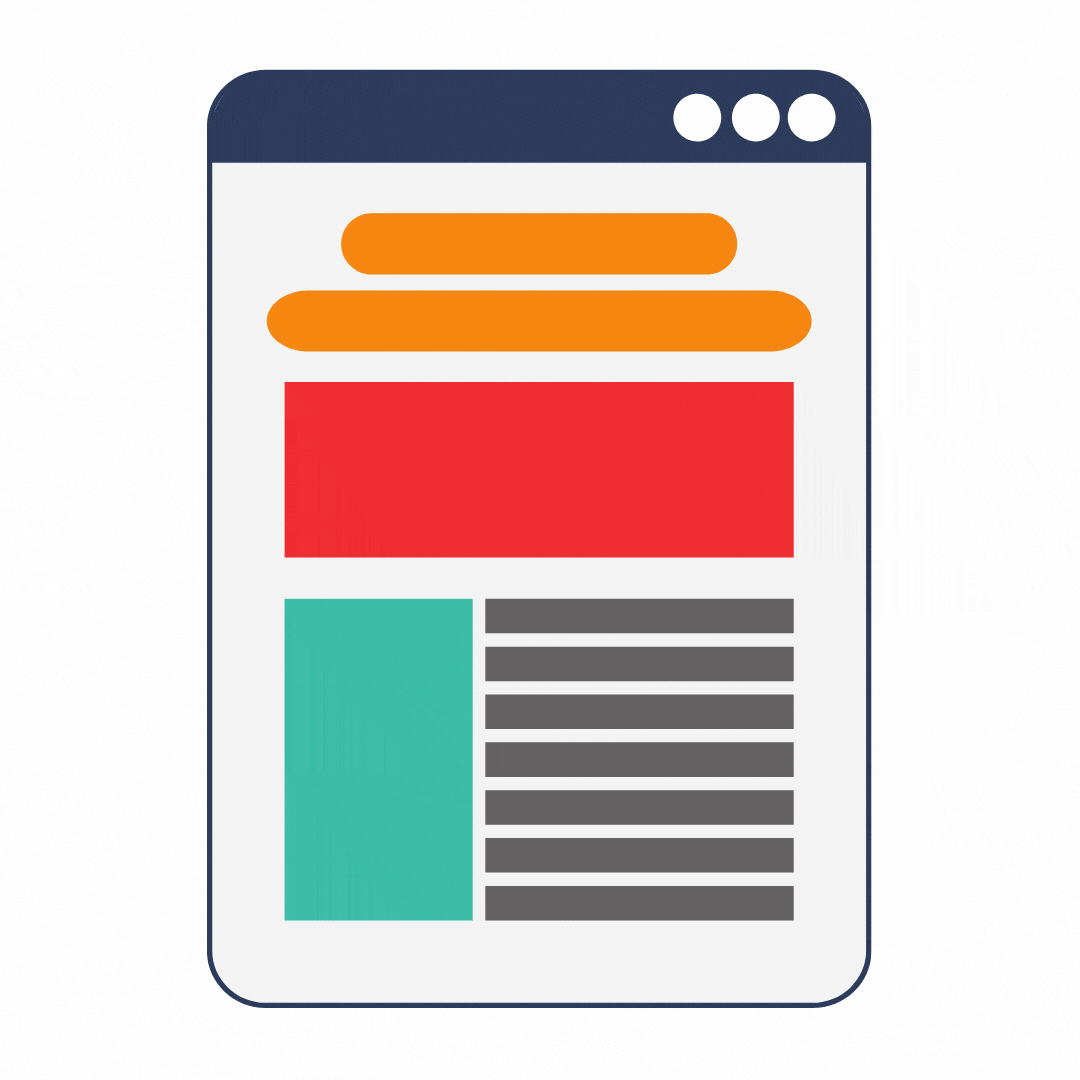Improving Students’ Speaking Skill Using Multimodal Text On Phase E At SMAN 3 Kediri
Keywords:
Teaching Media,, multimodal Text,, SpeakingAbstract
Multimodal text serves as an illustration of the various modes of learning and teaching. Multimodal text involves the utilization of different media, such as audio, visual, and kinesthetic, to enhance the learning process. Common examples of multimodal text in education include online learning platforms, YouTube, Google Classroom, Google Meet, Zoom, TikTok, and the emerging trend of artificial intelligence (AI). Among the four language skills, speaking is considered the most significant for effective communication in a global context. This study aims to examine and compare students' speaking skills using multimodal text, as well as to identify the factors influencing the development of speaking skills through multimodal text activities. Employing a quantitative approach, this research seeks to provide a comprehensive understanding of the use of multimodal text to enhance students' speaking skills in phase E. The findings of this study demonstrate the effectiveness of utilizing multimodal text to enhance students' speaking abilities. This media not only enhances the learning experience but also positively impacts students' motivation, engagement, and comprehension. Therefore, integrating multimodal text in language learning is recommended to support the holistic development of students' speaking skills.
References
Ary, Donald et. (2006). Introduction Research in Education Canada: United State.
Hum, C., & Choi, T. H. (2020). Collaborative Digital Storytelling-based Task for EFL Writing Instruction: Outcomes and Perceptions. Journal of Asia TEFL, 17(2), 463–478. https://doi.org/10.18823/asiatefl.2020.17.2.10.463
Kress, G. (2010). Multimodality: A social semiotic approach to contemporary communication. London, England: Routledge.
Lipman, D. (1999). Improving Your Storytelling. Arkansas: August House.
Raffone, A., & Monti, J. (2019). Becoming storytellers: Improving ESL students’ academic engagement and 21st century skills through interactive digital storytelling. 159–166. https://doi.org/10.33965/celda2019_201911l020
Rahman, M. N. A., Ghani, R. A., Jamaluddin, K. A., Lah, H. A., Mahmood, A. S.,
Sulaiman, I., & Mustafa, W. A. (2020). Development of Folktales Digital Story Module as Basic Literacy Learning for Indigenous Children in Rural Preschool. Journal of Physics: Conference Series, 1529(4). https://doi.org/10.1088/1742-6596/1529/4/042044
Downloads
Published
How to Cite
Issue
Section
License
Copyright (c) 2024 Maria Alfina Christabell, Mahendra Puji Permana Aji, Agung Wicaksono

This work is licensed under a Creative Commons Attribution-ShareAlike 4.0 International License.




